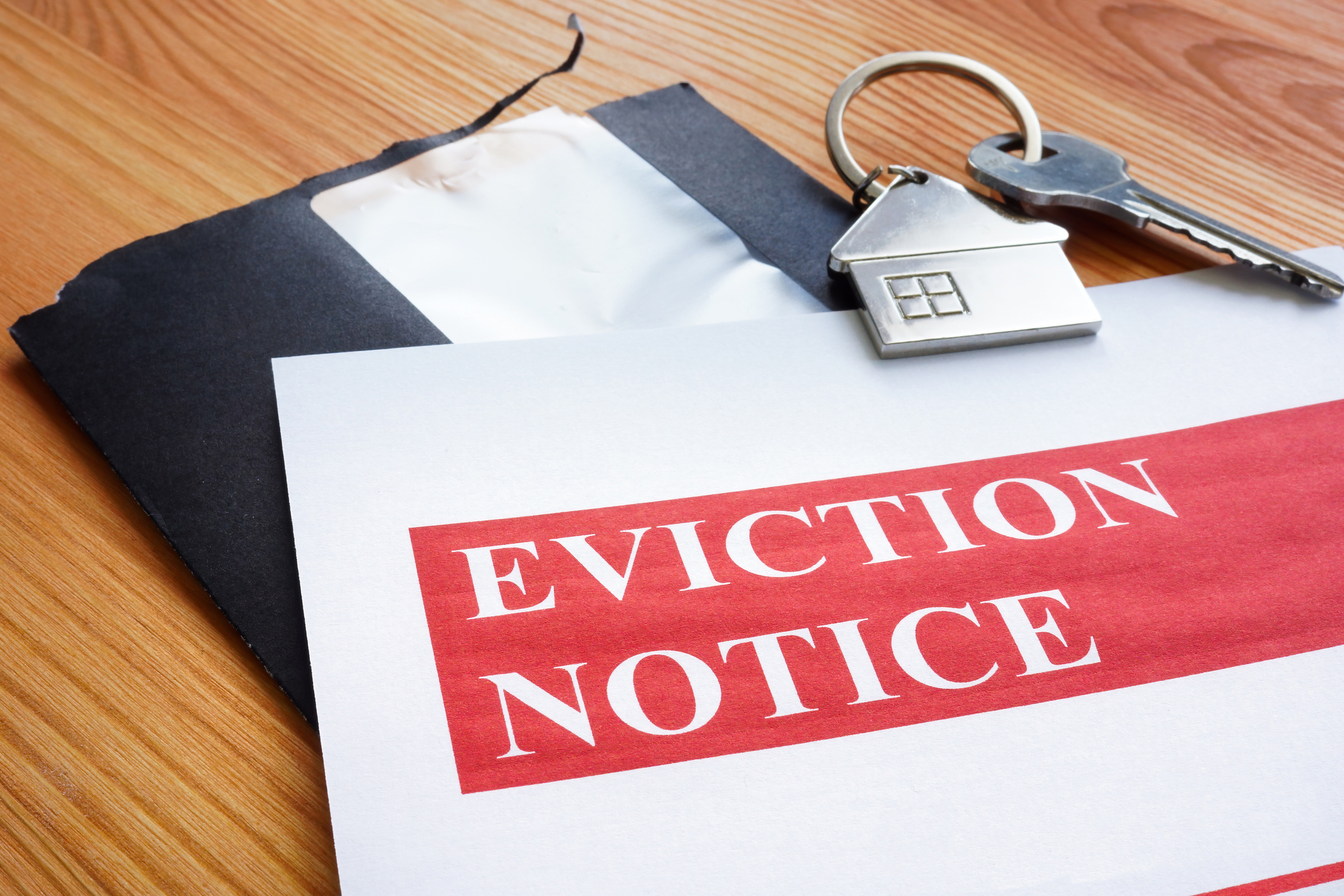How to remove evict tenants from property

Evicting a tenant from a rental property process
Roughly 11 million private renters in the UK, Removing or evicting a tenant from a rental property is rarely a pleasant experience, but by understanding eviction laws, acting swiftly, and keeping open lines of communication, you can make the process smoother for everyone involved.
Illegally evicting a tenant can result in severe penalties, including unlimited fines and up to two years in prison. It’s crucial to follow the law precisely.
This guide outlines the eviction process step by step, emphasising your legal obligations as a landlord. If you need to know how to properly evict a tenant while complying with the law, continue reading.
Eviction Steps
Follow the process below if your tenants have an assured shorthold tenancy
- Give your tenants a Section 21 notice (No-fault eviction ending in the summer of 2025) if you want the property back after a fixed term ends. ‘OR’ Give them a Section 8 notice if they have broken the terms of the tenancy
- Apply to the court for a standard possession order if your tenants do not leave by the date specified on the notice and they owe you rent. You can apply for an accelerated possession order if you are not claiming any unpaid rent
- Apply for a warrant for possession if your tenants still will not leave, which means bailiffs can remove the tenants from your property
Excluded tenancies or licences
You do not have to go to court to evict your tenants if they have an excluded tenancy or licence, for example, if they live with you. You only need to give them ‘reasonable notice’ to quit. Reasonable notice usually means the length of the rental payment period, so if your tenants pay rent weekly you can give them one week’s notice. The notice does not have to be in writing. You can then change the locks on their rooms, even if they still have belongings in there.
Your tenant owes rent and gets housing benefits
If your tenant owes you rent and claims Universal Credit or Housing Benefit you may be able to get the rent paid straight to you instead of evicting them. This is known as ‘managed payments’
Request managed payments if your tenant is claiming
- Universal Credit: apply to the Department for Work and Pensions
- Housing Benefit: contact the local council that pays your tenants’ benefits

How Much Does It Cost to Evict a Tenant in the UK?
Evicting a tenant in the UK can sometimes cost roughly between £1,200 to £3,000, depending on the situation. Legal fees may increase if you hire a solicitor
How to protect yourself as a landlord from tenants not paying rent
-
Rent Guarantee Insurance: Consider purchasing rent guarantee insurance that covers lost rent if a tenant defaults on payment
- Property Insurance: Ensure your property is covered adequately against damage or loss
List of documents you need to evict a tenant
To legally evict a tenant in the UK, you will need several key documents. These vary depending on the type of tenancy and the eviction process you're using, but the most common ones include
- Tenancy Agreement: The signed contract outlining the terms of the tenancy
- Proof of Deposit Protection: Documentation showing that the tenant's deposit was placed in a government-approved deposit protection scheme
- Energy Performance Certificate (EPC): Proof of providing the tenant with an EPC
- Gas Safety Certificate: A valid certificate given to the tenant at the start of the tenancy
- How to Rent Guide: Confirmation that this guide was provided to the tenant, required for Section 21 evictions
If you need to speak to eviction expert, please call Puja Mehra at 07311624102 or email at evictions@99home.co.uk
- Author Name:
- Puja Mehra
 0203 5000 999
0203 5000 999 
0 Comments
No Comments